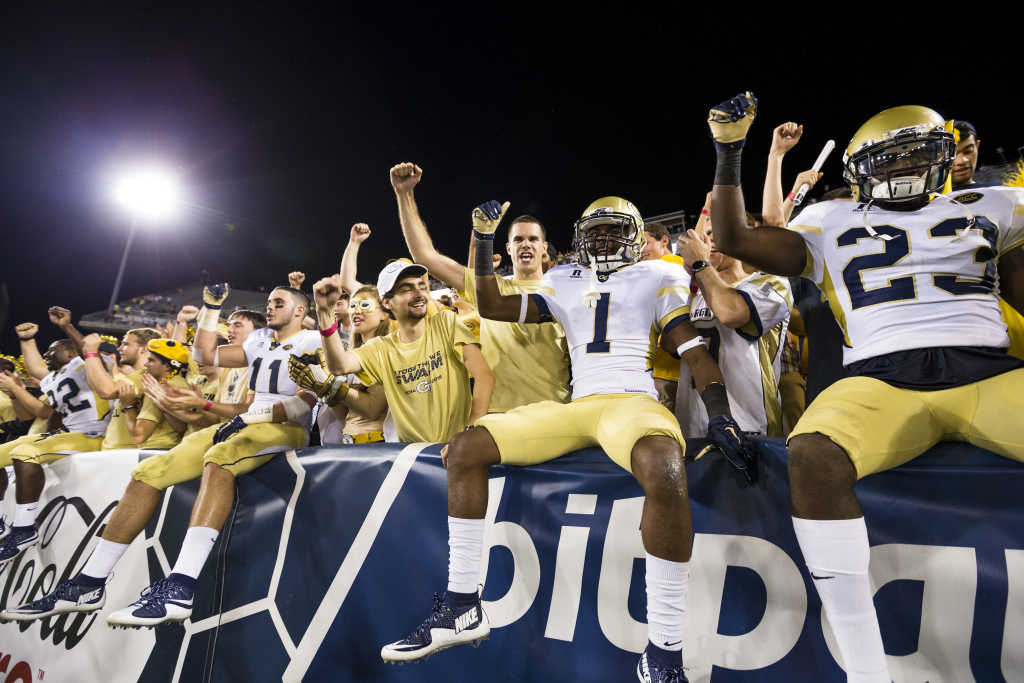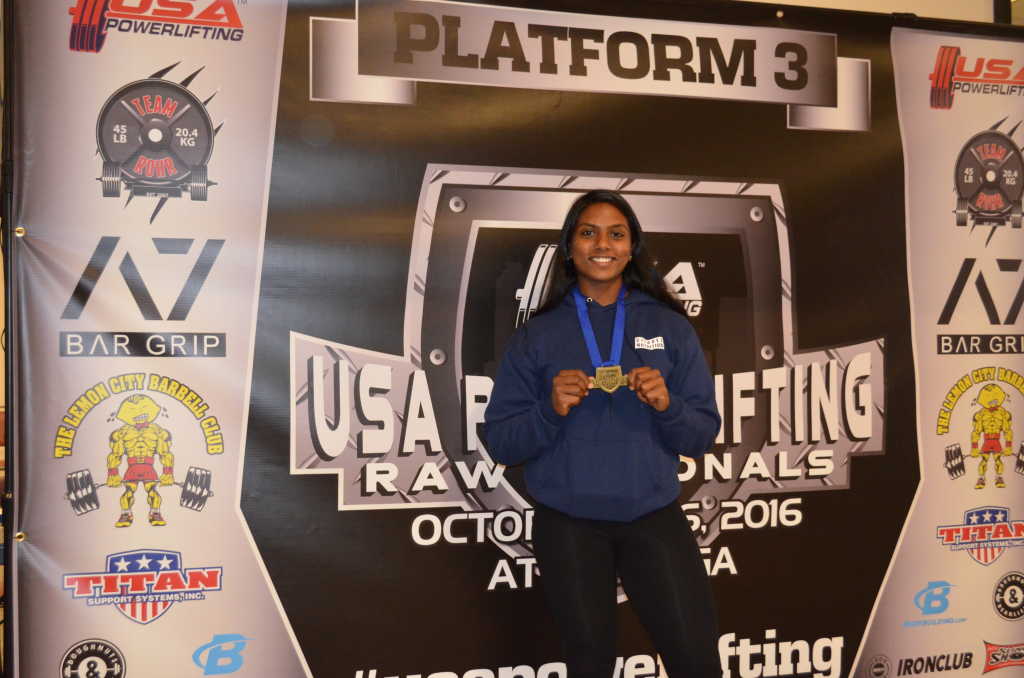The Institute Diversity department at Tech announced that it was receiving the Insight into Diversity magazine’s Higher Education Excellence in Diversity (HEED) award for the third year in a row.
Tech is one of 82 universities to receive the award this year, and will be featured in Insight into Diversity’s Nov. 2016
issue. Dr. Archie Ervine, vice president for Institute Diversity, expressed pride in receiving this year’s award, saying that “[2016] has been a landmark year for the Institute, from the most
diverse freshman class in Georgia Tech’s history to the launch of the Black Student Experience Task Force and Gender Equity Initiatives. But there is still more work to do.”
On the selection process, the publisher of Insight into Diversity, Lenore Pearlstein, said that “we take a holistic approach to reviewing each application in deciding who will be named a HEED Award recipient.”
“Our standards are high, and we look for institutions where diversity and inclusion are woven into the work being accomplished every day across their campus.”
When asked about how
Institute Diversity works with student government, Dr. Ervine highlighted how the department seeks to work on issues the Student Government Association (SGA) highlights as important to the student body. He also discussed how students are the “lifeblood of the institution” and that he knows Nagela Nukuna, undergraduate student body president, very well.
Dr. Ervine explained that Institute Diversity works with multiple organizations throughout campus, with SGA representing only a small portion of the collaboration the
department participates in.
Declining to name any specific program as the most important or impactful, Dr. Ervine emphasized Institute Diversity’s focus on recruiting a diverse group of students as the most important activity it undertakes.
Dr. Ervine expressed hope that “we continue to emphasize the need to make the campus community more supportive of everybody that’s earned their way into Tech. I have a theory that everyone at Tech has earned their way into being there.”
Dr. Ervine also noted that diversity is not limited to
ethnicity or background, saying that “there is an intellectual
diversity perspective that is absolutely critical to creativity, innovation and productivity. Absolutely. Intellectual diversity — that is academic.”
Continuing, Dr. Ervine said: “I think that, you know, in order for us to be a great university, we have to be more than just one discipline. So, I believe that the great challenges of our time require expertise from many
disciplines across campus, not just our technical ones.”
On Tech’s support for diversity in its faculty, Dr. Ervine said that “we have a very aggressive agenda around leadership development at Georgia Tech for faculty and for staff. The provost’s office, just this last year, launched a new initiative to give faculty and academic leaders an opportunity to learn leadership skills and traits that would make them better prepared to become academic leaders such as chairs, associate chairs, deans, administrators, vice
provosts, those kinds of things.”
The HEED award emphasizes a number of areas in its application, including the overall demographics of the school, retention rates by demographics, job advancement opportunities for faculty as well as the overall academic strength and culture of the school. Dr. Ervine explained that many factors which are not necessarily listed in the application may come out in the final stages of selection, when candidates for the award are compared against one another to select the most qualified institutions.
One specific criteria that becomes important in the last stages of selection is a university’s continuing commitment to improving diversity. Dr. Ervine explained that, since the publication is always seeking to highlight new universities, applicants have to continually compete against their peers and prove that they are worthy of receiving the award.
Dr. Ervine explained one of these aspects of continuing improvement, saying that “[Institute Diversity is] positioned to continue to push and develop a vision for an inclusive and welcoming campus community.”
He tied this into the department’s work with other campus organizations, saying, “You can’t do this alone. If you’re working alone, you’ve got a problem.”
The HEED award selection process is overseen by Potomac Publishing, Inc., the publisher of the INSIGHT into
Diversity magazine.









